May 2 – 5, 2010
Oslo, Norway
JTS 2010 Oslo:
Opening Speeches mp3
- Nina Refseth, Norwegian Film Institute, director
- Kurt Deggeller, Memoriav, convenor of the CCAAA
- Hisashi Okajima, President of FIAF
JTS – Schedule and Abstracts, May 3 pdf
01 George Blood: Bits is Bits, Right? Guess Again ppt – mp3
02 Mike Casey: Scaling Up mp3
03 Peter Fornaro: Monolith – migrationless long term digital storage pdf – mp3
04 Jim Lindner: Stained glass. Parallels in Preservation pdf – mp3
05 Arne Nowak: Digital Archiving of Audiovisual Material – Pilot Projects in Europe pdf – mp3
06 Jørgen Stensland: Digitalization of Norwegian Cinemas ppt – mp3
07 Erlend Jonassen: Digital cinema – bringing film classics back to the cinema screen docx – mp3
08 David Pfluger: 16mm Reversal Material in the Light of the Transfer to High Definition Video pdf – mp3
09 Fumiaki Itakura, Akihiro Seino, Katsuhisa Ohzeki: Digital restoration and preservation of GINRIN pdf – mp3
10 Rudolf Gschwind: Dust BW mp3
11 Thomas Drugeon: Context sensitive archiving of videos on the web ppt – mp3
JTS – Schedule and Abstracts, May 4 pdf
01 Nadja Wallaszkovits: Audio goes Video mp3
02 Christine M. Abrigo: Audio-Visual Preservation pdf – mp3
03 Frederic Dumas: Monitoring the broadcast of archive content mp3
04 Roland Oderman – Johan Oomen: Open Images: Creative Commons distribution platform for video mp3
05 Panel Session: Scanning Technologies for Motion Picture Optical Sound Tracks mp3
Ulrich Ruedel: Sensiometry of Heritage Soundtracks – Haghefilm Foundation
06 Jörg Houpert : Supervision of the Analogue Signal Paths… doc – mp3
07 Chris Lacinak: Migration of Media-Based Born-Digital Audiovisual Content to Files doc – mp3
08 Xavier Sené: Determining the composition of shellac discs: Challenge or fantasy? doc – ppt – mp3
09 John W. McBride, Lars Gaustad: Audio recovery and identification of first Norwegian sound recording ppt – mp3
JTS – Schedule and Abstracts, May 5 pdf
01 Matthew Addis: Long term data integrity for large Audiovisual Archives pdf – mp3
02 Philippe Gerrier: HD in the archive domain ppt – mp3
03 Johan Oomen: Audiovisual Heritage and Participatory Culture slideshare.net – mp3
04 Svetla Boytcheva: Semantically Enhanced Audio-Visual Repository pdf – mp3
05 Hermann Lewetz: Long Term Preservation: The Time after doc – mp3
06 Paolo Cherchi Usai: Teaching Digital Preservation
07 Open microphone mp3
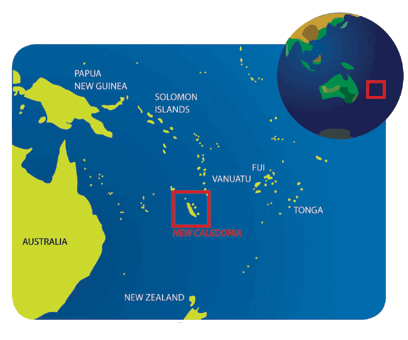
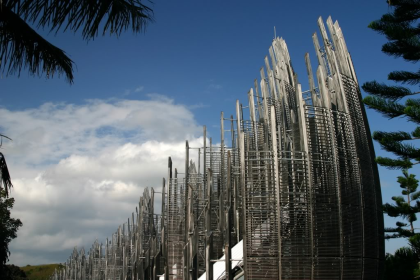
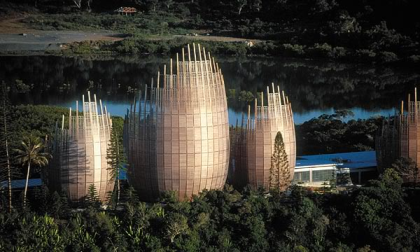
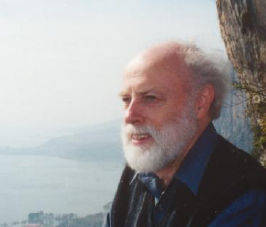 “I’m thrilled and honored to accept this award. SEAPAVAA is now a globally recognized professional association, but it is also something more: I hope that, as it grows,it will never lose its special character as a community, in the fullest, mutually supportive sense of that word.”
“I’m thrilled and honored to accept this award. SEAPAVAA is now a globally recognized professional association, but it is also something more: I hope that, as it grows,it will never lose its special character as a community, in the fullest, mutually supportive sense of that word.”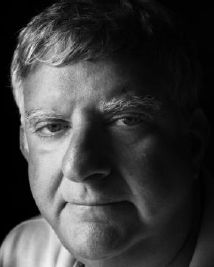 “I am honored to be recognized as a SEAPAVAA Fellow and am grateful to the many mentors who have helped me succeed.”
“I am honored to be recognized as a SEAPAVAA Fellow and am grateful to the many mentors who have helped me succeed.”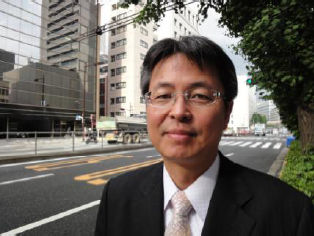 “I am much honored to be appointed as a SEAPAVAA Fellow. I am also humbled by it, considering my very tiny contribution to the archiving efforts in the region. Asia- Pacific audiovisual heritage is hot. Let’s keep it cool and dry!”
“I am much honored to be appointed as a SEAPAVAA Fellow. I am also humbled by it, considering my very tiny contribution to the archiving efforts in the region. Asia- Pacific audiovisual heritage is hot. Let’s keep it cool and dry!”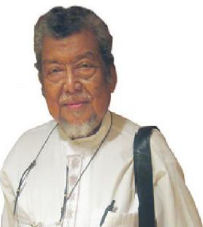 “It’s ironic that I am accepting this recognition from SEAPAVAA at a time when Sinematek is at its ‘sunset,’ so to speak. Nonetheless, I am excited because I believe that with SEAPAVAA’s outstretch hands, my government will finally be open to dialogue! I am amazed at this organization’s rapid development. More power to you!”
“It’s ironic that I am accepting this recognition from SEAPAVAA at a time when Sinematek is at its ‘sunset,’ so to speak. Nonetheless, I am excited because I believe that with SEAPAVAA’s outstretch hands, my government will finally be open to dialogue! I am amazed at this organization’s rapid development. More power to you!”